Alaskan Earthquake : Another Tick on the Clock? : A Well Thought Out Scream by James Riordan
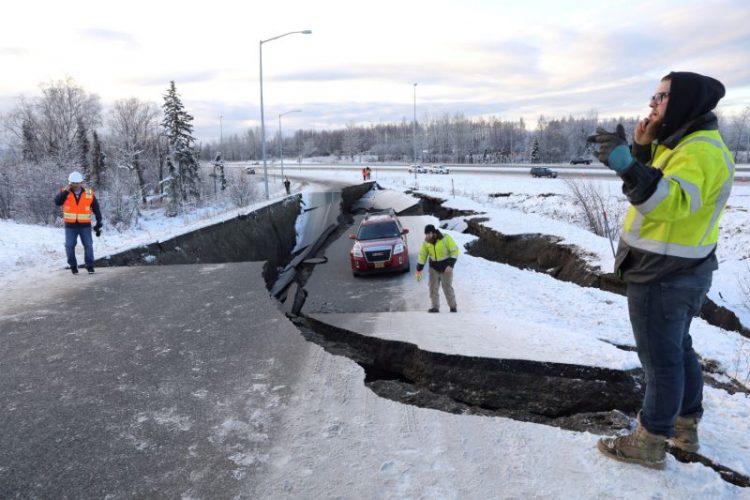
Every time there’s a new hurricane or earthquake, someone starts quoting the Book of Revelation. Or how about that commercial where actor Dennis Haysbert sits in an open field and questions why there have been 26 “once in 500 years storms” in the last decade, when the name implies they should only happen every 500 years. And let’s not leave out the “worst in history” wild fires in California. On top of the the natural disasters we also have the news that for the second year in a row American Life Expectancy has dropped. According to the latest analysis, U.S. life expectancy fell from 78.7 in 2015 to 78.6 in 2016. That follows a drop from 78.9 in 2014 that researchers hoped would be an aberration. Life expectancy, which is the average time someone is expected to live, generally has been rising steadily for decades in the United States. The last time the U.S. life expectancy dropped was in 1993 because of the AIDS epidemic. Life expectancy hasn’t fallen two years in a row in the U.S. since the early 1960s. Is the increase in amount and severity of such disasters discussed in the Bible’s Book of Revelation? Yes, they are.
The northbound ramp for International Airport Rd. at Minnesota Blvd. in Anchorage collapsed Friday morning after a strong earthquake shook south-central Alaska, Nov. 30, 2018.
Earthquakes are mentioned in the book of Revelation (6:12-17; 8:5; 11:13,19; 16:16-21) as well as the books of Isaiah (2:19,21; 5:25; 24:19), Ezekiel (38:19,20), Joel (2:10; 3:16) and Zechariah (14:4,5). A number of prophecy teachers point to what they assume to be an increase in the number of earthquakes and associate these quakes with the words of Jesus to show we are in, or near, the last days (cf. Matt. 24:7). As Hal Lindsey put it, “One of the major birthpangs Jesus predicted would increase in frequency and intensity shortly before His return is earthquakes”
The Associates for Biblical Research website puts is this way: “The geologist who developed the Richter scale apparently had some contact with prophecy teachers. In 1969 he wrote, “One notices with some amusement that certain religious groups have picked this rather unfortunate time to insist that the number of earthquakes is increasing. In part they are mislead by the increasing number of small earthquakes that are being cataloged and listed by newer, more sensitive stations throughout the world. It is worth remarking that the number of great earthquakes from 1896 to 1906 (about twenty-five) was greater than in any ten-year interval since” (Richter 1969: 44).
Two prophecy researchers wrote to a number of reputable seismologists around the world and asked three questions of them. “(1) Do you feel that there has been a tremendous increase in major earthquakes during this century compared with earlier centuries? (2) Do you feel that the earthquake activity in this century is in any way unique? (3) Do you know of any other seismologist who holds that our time has seen an unusually large number of earthquakes?” In an appendix a selected number of letters were reprinted. All the responses were unanimous that there has NOT been a dramatic increase in earthquakes, as prophecy teachers would like to have us think (Jonsson and Herbst 1987: 46-87, 237-48).
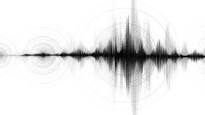 More recently, a notice appeared on the US Geological Survey website entitled “Are Earthquakes Really on the Increase?” They state, “Although it may seem that we are having more earthquakes, earthquakes of magnitude 7.0 or greater have remained fairly constant throughout this century and, according to our records, have actually seemed to decrease in recent years.” They go on to explain why.
More recently, a notice appeared on the US Geological Survey website entitled “Are Earthquakes Really on the Increase?” They state, “Although it may seem that we are having more earthquakes, earthquakes of magnitude 7.0 or greater have remained fairly constant throughout this century and, according to our records, have actually seemed to decrease in recent years.” They go on to explain why.
In the last twenty years, we have definitely had an increase in the number of earthquakes we have been able to locate each year. This is because of the tremendous increase in the number of seismograph stations in the world and the many improvements in global communications. In 1931, there were about 350 stations operating in the world; today, there are more than 4,000 stations and the data now comes in rapidly from these stations by telex, computer and satellite. This increase in the number of stations and the more timely receipt of data has allowed us and other seismological centers to locate many more small earthquakes which were undetected in earlier years, and we are able to locate earthquakes more rapidly [http://wwwneic.cr.usgs.gov/neis/general/handouts/increase_in_earthquakes.html].”
So, with earthquakes anyway, a big reason the increase in their number has to do with technology, the simple fact that we now have much better equipment to detect them.
The contents of a bookshelf lie on the floor after an earthquake in Anchorage, Alaska, Nov. 30, 2018. (Photo: Nathaniel Wilder/Reuters)
Environmentalists claim that climate change is causing worse and worse fires. Statistics actually show that while the fire have grown to be much worse, they are actually less of them. The obvious correlation is that with there being less fires, more and more stuff to burn piles up so that, when there is a fire, it’s a big one.
This past week, back-to-back earthquakes measuring 7.0 and 5.7 cracked highways and rocked buildings Friday in Anchorage and the surrounding area, sending people running into the streets and briefly triggering a tsunami warning for islands and coastal areas south of the city. Anchorage is Alaska’s largest city with a population of about 300,000. More than 1,000 aftershocks of magnitude 1.5 or greater have shaken Alaska since Friday’s big quake knocked out power, ripped open roads and splintered buildings in Anchorage, US Geological Survey geophysicist Randy Baldwin said Sunday. The majority were of a magnitude of 2.5 or weaker, meaning they weren’t likely felt. But more than 350 of the aftershocks were higher than 2.5, according to USGS data.
The northbound ramp for International Airport Rd. at Minnesota Blvd. in Anchorage collapsed Friday morning after a strong earthquake shook south-central Alaska,
The 7.0 earthquake sent residents scurrying for cover when it hit about 8:30 a.m. Friday. The quake was centered 10 miles northeast of Anchorage.
“The most striking thing about this event was that it was so close to Anchorage,” Gavin Hayes, a research geophysicist with the USGS said. “That’s why it has caused the damage that we’re seeing. A 5.2 aftershock about 11 p.m. Friday was the second-biggest since a 5.7 temblor hit minutes after the main quake, Hayes added. “That would have given people a shake and probably a bit of a scare given what they went through yesterday,” he told CNN.
No tsunami arrived, and there were no reports of deaths or serious injuries, but the aftershocks Saturday continued to fray nerves. U.S. Geological Survey Geophysicist Paul Caruso said there were 545 aftershocks by Saturday, including the 5.7 magnitude shaker that came almost immediately after Friday’s big quake. Eleven have had magnitudes of 4.5 or greater.
Cases of beer lie jumbled in a walk-in cooler at Value Liquor after an earthquake on Friday, Nov. 30, 2018, in Anchorage, Alaska.
The 7.0 earthquake was felt up to 400 miles away, said state seismologist Michael West. He called it the most significant earthquake in Anchorage since 1964.
“It just didn’t stop, resident Kristin Dossett said. “It kept going and got louder and louder, and things just fell everywhere — everything off my dressers, off my bookcases, my kitchen cupboard. Just broken glass everywhere.”
Philip Peterson was in a multistory building in downtown Anchorage as the structure swayed and coffee mugs fell from tables and tiles from the ceiling. “I just jumped under my desk and had to ride it out,” Peterson said.
Authorities don’t have firm figures on damage yet, though the Anchorage Police Department reported “major infrastructure damage” around the city. Helicopters and drones were assessing infrastructure across the region. There were no reports of missing people, authorities said.
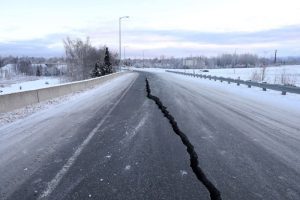 “This is the second-largest earthquake we’ve had since 1964, which was a very significant earthquake,” Anchorage Mayor Ethan Berkowitz. told reporters Saturday, referring to the 9.2 quake that was the most powerful recorded in US history. “In terms of a disaster, I think it says more about who we are than what we suffered,” Berkowitz said. “I would characterize this as a demonstration that Anchorage is prepared for these kind of emergencies.”
“This is the second-largest earthquake we’ve had since 1964, which was a very significant earthquake,” Anchorage Mayor Ethan Berkowitz. told reporters Saturday, referring to the 9.2 quake that was the most powerful recorded in US history. “In terms of a disaster, I think it says more about who we are than what we suffered,” Berkowitz said. “I would characterize this as a demonstration that Anchorage is prepared for these kind of emergencies.”
A crack that opened up along a roadway near the airport is seen after an earthquake in Anchorage, Alaska, Nov. 30, 2018.
No fatalities or serious injuries were reported, officials said. By Saturday the airports, hospitals, emergency services and most businesses were operating. “The power is up. The heat is on. The communication lines are opening,” Anchorage Municipal Manager Bill Falsey told reporters on Saturday. Alaska Regional Hospital and Providence Alaska Medical Center suffered damage but were able to keep emergency rooms open. The Anchorage School District canceled classes Monday and Tuesday to assess damage and Alaskan governor Bill Walker issued a disaster declaration.


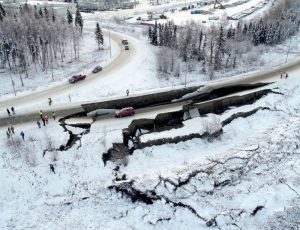

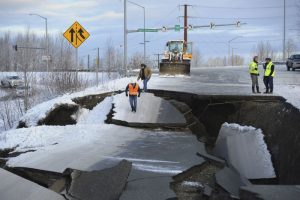

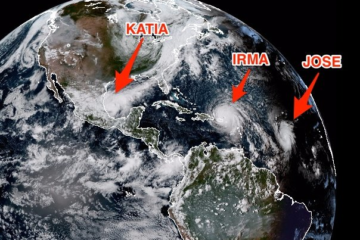
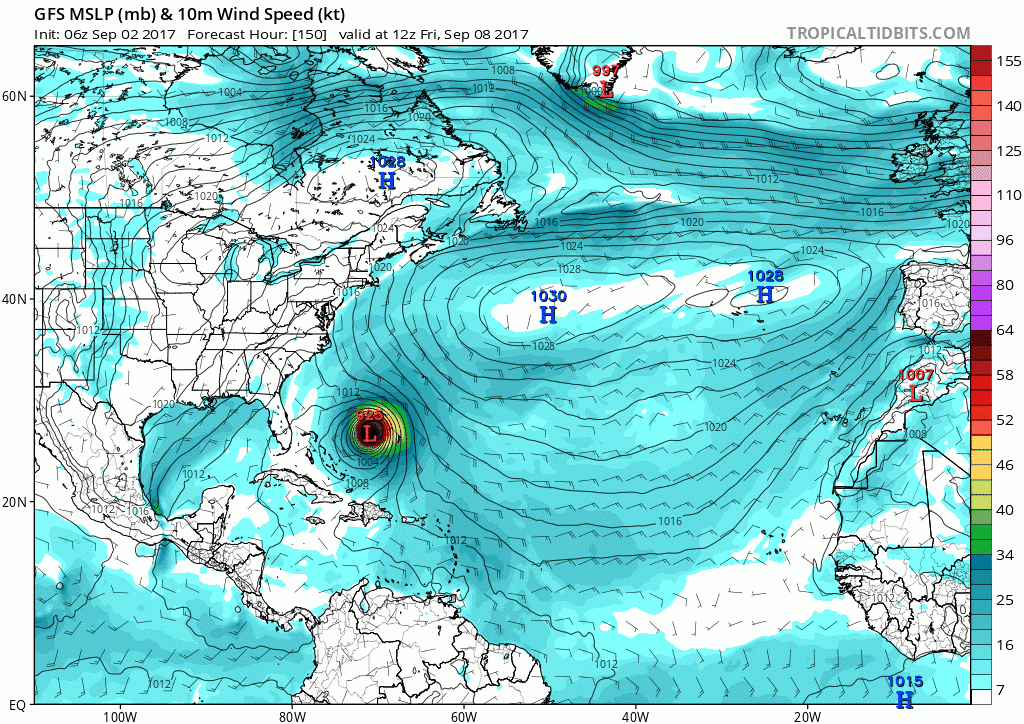

No Comment